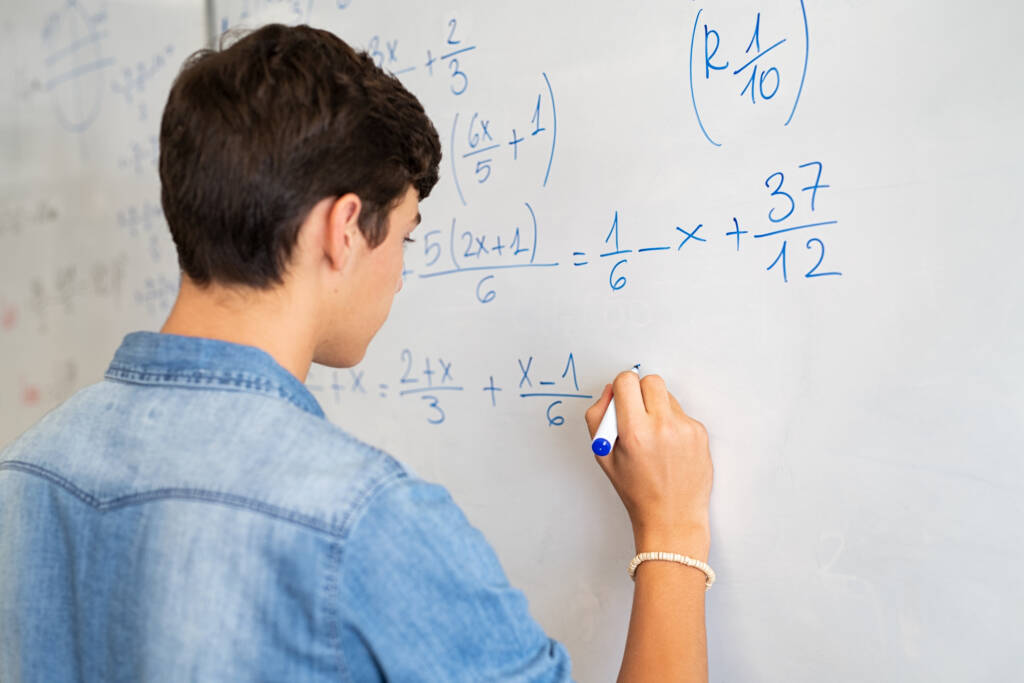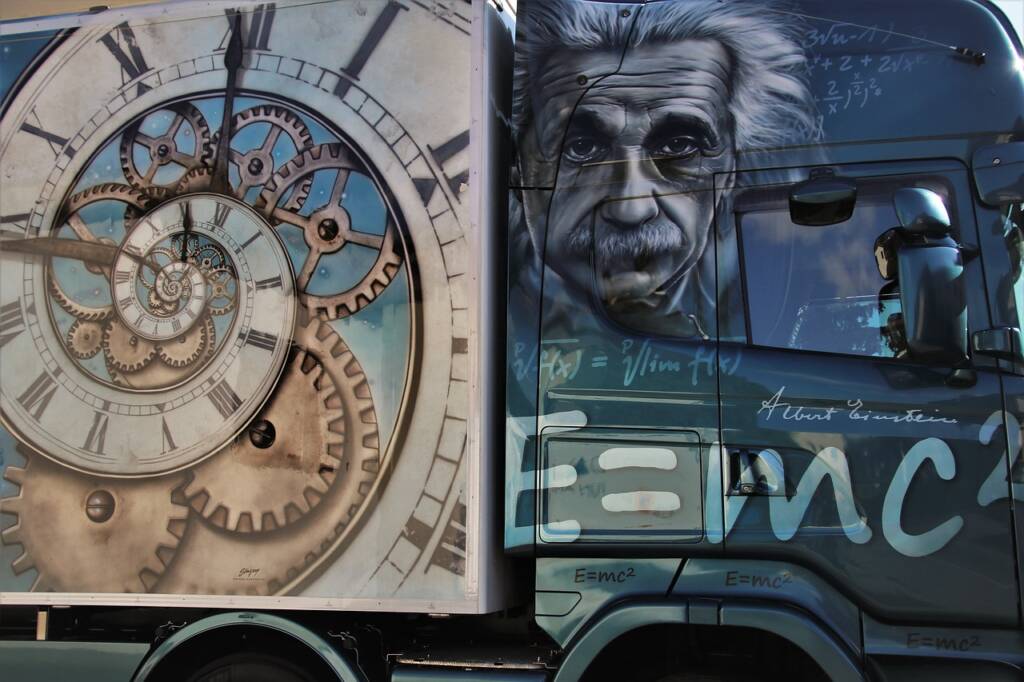
AP Psychology
- courses

Enrollment for the 2023-2024 school year is no longer available. Students may register now for the 2024-2025 school year and will be assigned to a course section after July 1, 2024.
AP Physics 1 is an algebra-based, introductory physics course that will guide students through a college-level learning experience. This course is designed for students to develop an understanding of physics through rich content, engaging activities, and inquiry-based laboratory. Students will explore concepts such as analyzing motion, force interactions, energy, rotational motion, waves, and periodic motion. Students cultivate their understanding of physics through classroom study, in-class activity, and virtual and hands-on, inquiry-based laboratory work as they explore concepts like systems, fields, force interactions, change, conservation, and waves.
Advanced Placement Policy: Students entering high school grades 9–12 have access to Advanced Placement courses that may result in earning college credit for high school coursework. These courses are used to calculate overall Grade Point Average (GPA) and typically count extra in the calculation.
A passing grade in the course will be accepted for high school credit. Postsecondary institutions determine college credit awarded, based on the AP Exam score earned. Students who take AP courses are strongly encouraged to sit for the course AP Exam in May.
Module 1: Kinematics
Position, velocity, and acceleration
Vectors
Graphical representations of motion
One-dimensional motion
Two-dimensional motion
Module 2: Forces and Motion
Projectile motion
Systems
Contact forces
Free-body diagrams
Mass and weight
Newton’s first, second, and third laws
Applications of Newton’s laws
Module 3: Circular Motion and Gravitation
Fundamental forces
Gravitation
Gravity on other planets
Circular motion
Orbital motion
Applications of circular motion and gravitation
Module 4: Energy
Systems and Energy
Work
Mechanical energy
Kinetic and potential energy
Conservation of energy
Work-energy principle
Power
Module 5: Momentum and Oscillations
Momentum
Impulse
Changes in momentum
Conservation of momentum
Collisions
Simple harmonic motion
Pendulums
Module 6: Rotational Motion
Rotational kinematics
Torque
Angular acceleration
Moment of inertia
Rotational dynamics
Angular momentum
Conservation of angular momentum
Rolling motion
Materials for Modules 1-3
A four-function, scientific, or graphing calculator
Superball or other small ball
Masking or cellophane tape
Metric ruler or meter stick
A smooth and level surface
Three-inch binder for launch ramp
Stopwatch (records time to two decimal places); This can be one online, one on a mobile device, or a hand-held one.
Meter stick or metric ruler
String, yarn, or rope
Two small objects with significant weight differences and known mass
Materials for Modules 4-6
A four-function, scientific, or graphing calculator
Pencil
Washers or paper clips
String
Stopwatch (records time to two decimal places); This can be one online, one on a mobile device, or a hand-held one.
A protractor (recommended)
OptionalTwo equally weighted objects
A chair that freely spins about an axis
Four canned goods with equal dimensions
Inclined ramp (can use small table propped at an angle)
Students will demonstrate an understanding of circular motion by describing gravitation, explaining circular motion, and describing orbitz.
Students will demonstrate an understanding of forces by comparing forces, analyzing linear dynamics, and explaining Newton’s Laws.
Students will demonstrate an understanding of kinematics by describing motion, explaining relative motion, and analyzing motion graphs.
Students will demonstrate an understanding of energy by describing principles of energy systems, explaining principles of energy, and comparing work and power.
Students will demonstrate an understanding of momentum by explaining principles of momentum, and comparing macroscopic motions.
Students will demonstrate an understanding of rotational motion by describing principles of rotational motion, comparing torque and angular momentum, and explaining rotational dynamics.